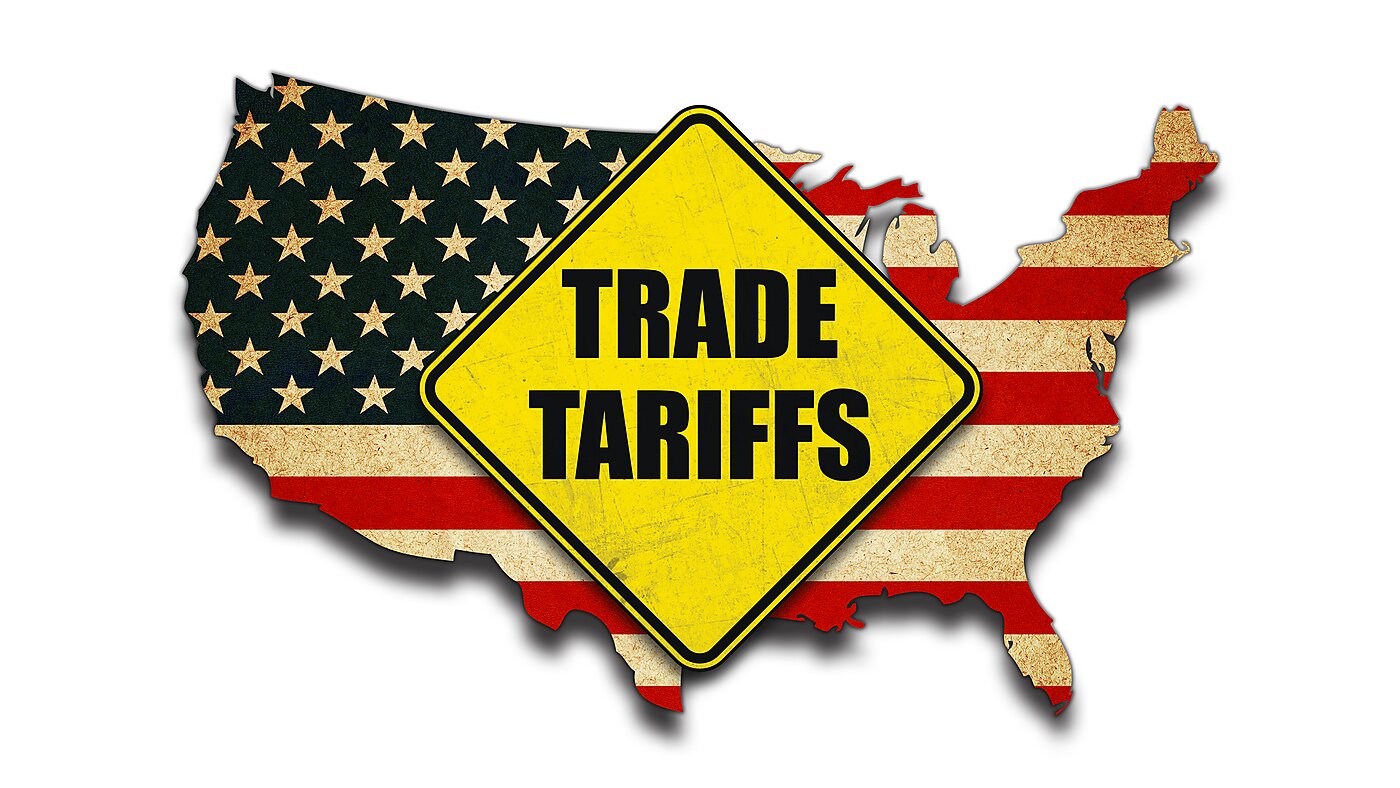Scott Lincicome and Alfredo Carrillo Obregon
At 4:00 p.m. on Friday, August 15, the Trump administration quietly announced that imports of more than 400 additional products—valued at almost $210 billion in 2024—would be subject to “national security” tariffs on steel and aluminum. The action is disturbing for many reasons.
For starters, many of the listed items can’t plausibly be considered “steel products,” or “aluminum products,” or otherwise related to actual national security. As bad if not worse, the administration gave US importers of these goods less than 24 business hours’ notice before their products’ steel and aluminum content would be taxed at a 50 percent rate, with no leeway for products already en route to the United States or for US companies that don’t have said content (and why would they?). And the administration used a “tariff inclusion” process it instituted last February to invite any US company to request import protection under the guise of “national security,” thus encouraging a flood of such requests (and a lobbying bonanza) in response.
All in all, it’s yet another example of how US trade policy has gone off the rails during the second Trump term.
The backstory: In March 2018, President Trump determined that imports of steel and aluminum products threatened to impair US national security and imposed tariffs on 39 product categories. In January 2020, the president enacted the first significant expansion of these duties by extending them to cover certain steel and aluminum “derivative” products, yet “only” subjected an additional 13 product categories to the tariffs. Now in his second term, though, the president has pushed for an even more aggressive expansion of the tariffs, beginning in February 2025 when he raised the tariffs to 50 percent, added 287 product categories to the scope of the tariffs’ coverage, and eliminated every exemption granted to domestic companies and countries since his first term. During April and June 2025, the Department of Commerce unilaterally authorized further additions of 13 steel and aluminum derivative product categories—including, notably, products completely unconnected to conventional notions of national security like refrigerator-freezers and beer.
This was small ball, however, compared to last week’s expansion. Figure 1 below summarizes these successive waves of product additions and shows that the latest list is the most aggressive expansion of the tariffs’ scope since the original imposition of the tariffs in 2018.
When measured by the value of US imports in 2024, the August 2025 list affects a larger amount of total US imports ($209.5 billion) than any previous tariff announcement. The addition of the 428 products brings the total value of US imports covered by the tariffs to a stunning $430.5 billion, accounting for 13 percent of total US imports in 2024 (Figure 2). A robustness check performed by appending all tariff lists yielded a total value of affected US imports of $400 billion, i.e., $30 billion lower than the sum of separate queries for each individual tariff announcement, likely due to the presence of duplicate tariff codes across the lists.
Even if we go by this lower figure, the latest tariff announcement means that the “national security” tariffs on steel and aluminum have gone from covering two percent of US imports (based on import levels in 2017, the year before the tariffs were first imposed) to 12 percent of US imports (based on 2024 import levels).
The administration has thus turned a “national security” exception into a new US tariff rule, and it has done it all with little input and no formal approval from Congress (which has constitutional authority over US tariff policy).
As noted at the outset, a cursory examination of some of the products now covered by “steel and aluminum national security tariffs” demonstrates the problems—and absurdity—raised by the measures’ continued expansion. Products added by each successive tariff announcement have little connection to US national security, or none whatsoever. Indeed, the product list unveiled on August 15 includes goods such as concentrated dairy products (i.e., whipped cream), deodorant, silverware, buckets, office furniture, lawnmowers, baby strollers, and fire extinguishers, to name a few. (A list of the 10-digit tariff codes covered by the product list can be downloaded here.)
The tariff expansion also demonstrates the risk of US tariff policy devolving into a buffet of cronyism, if not outright corruption. Dig into the petitions for tariff relief submitted to the Commerce Department, and you’ll find domestic companies and industries,
- Trying to justify new US protectionism more under the pretenses of “unfair” trade than actual national security concerns;
- Attempting to compensate for the lack of tariff exemptions by advocating for more protectionism; and,
- Stretching the definition of national security to advocate for the inclusion of products clearly unrelated to US defense.
The decision memoranda issued by the Secretary of Commerce, moreover, suggest that there is no serious evaluation of petitioners’ claims going on: Indeed, an analysis conducted through artificial intelligence suggests that the secretary affirmed 83 percent of the petitions submitted (on an individual product basis) and that it only denied petitions for three reasons: a) the petitioner submitted an invalid tariff code; b) the products requested are already subject to other active Section 232 or Section 301 tariffs; or c) the products requested could be covered by an ongoing Section 232 investigation.
So much for national security!
Given this open invitation for tariff protection, it’s little wonder that lobbying activity related to tariff issues has skyrocketed in 2025. For example, OpenSecrets data show that lobbyists have represented nearly 300 clients so far in 2025, more than double the amount in 2024 (120). The Advancing America Freedom Foundation recently documented, moreover, that spending on tariff lobbying in Q1 2025 increased by 277 percent compared to Q1 2024. As the AAF swiftly puts it, “the swamp loves tariffs.”
Two concluding thoughts: First, the tariff dysfunction is set to continue and, in fact, is likely to get worse in the coming months. Not only is another tariff inclusion opportunity set to begin shortly for steel and aluminum, for example, but other inclusion processes are also on the way. The administration recently imposed Section 232 tariffs on automobiles, auto parts, and copper, and eight more Section 232 investigations are pending. Thus, the potential for aggressive use of this statute to cater to protection-seekers’ interests and subject an even larger share of US imports to tariffs is enormous.
Second, these tariffs also show that, even if the courts rule against President Trump’s use of the International Emergency Economic Powers Act (IEEPA) to impose tariffs on most US imports, the road to recovery from the dysfunctional US trade policy instituted since 2017 is likely to be long and rocky—and one that will inevitably require Congress to step up and reform the US trade laws that have allowed Trump to impose such mayhem unilaterally. Until that reform happens, the risk will remain.

















